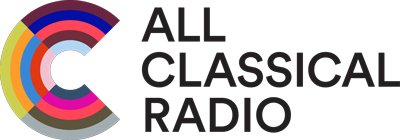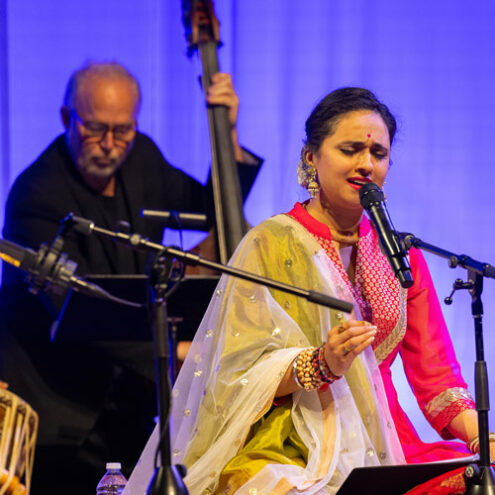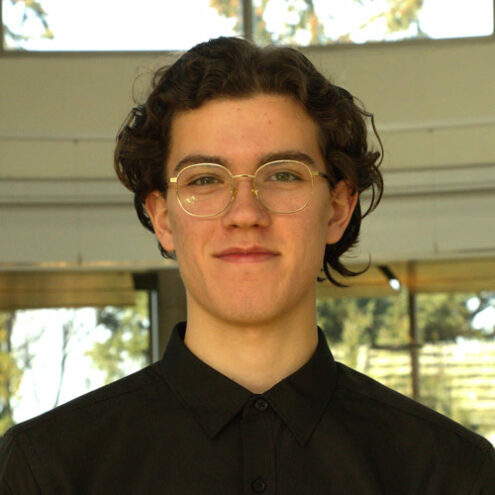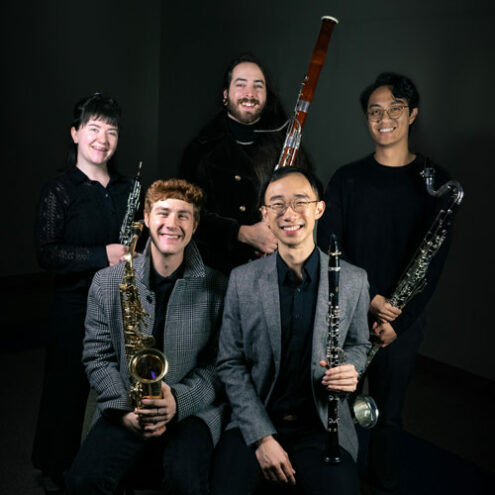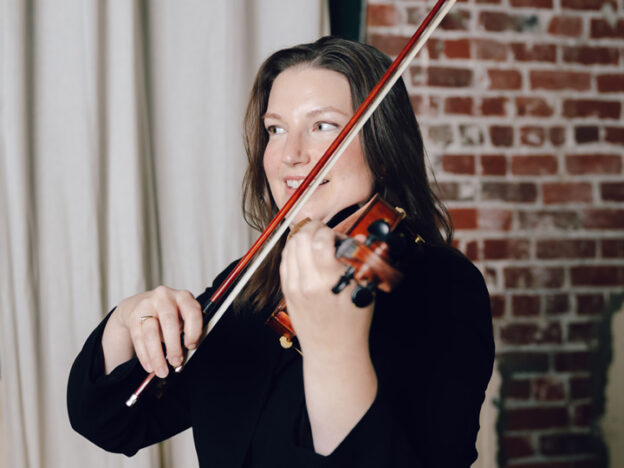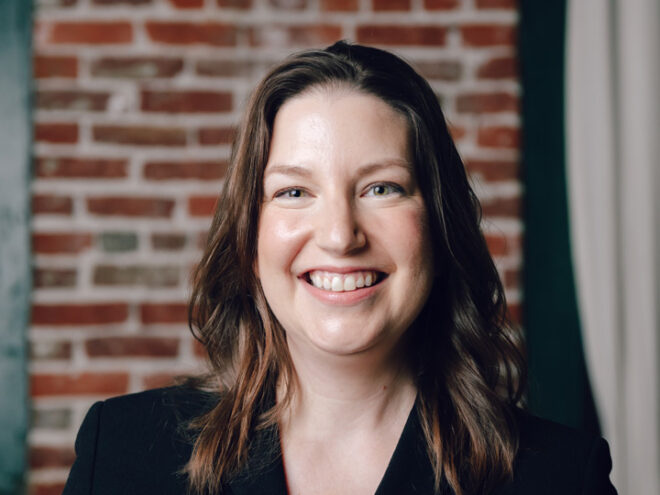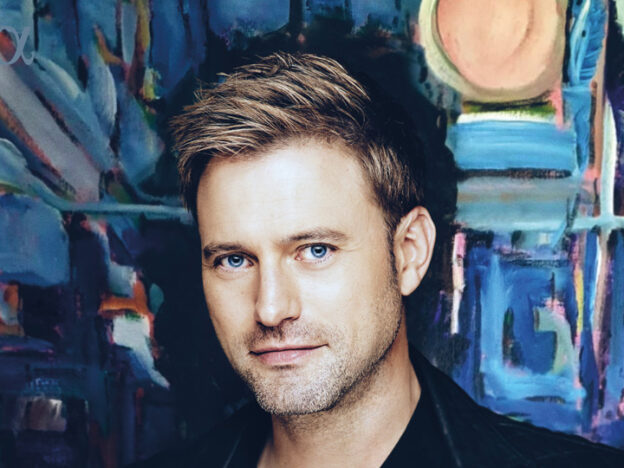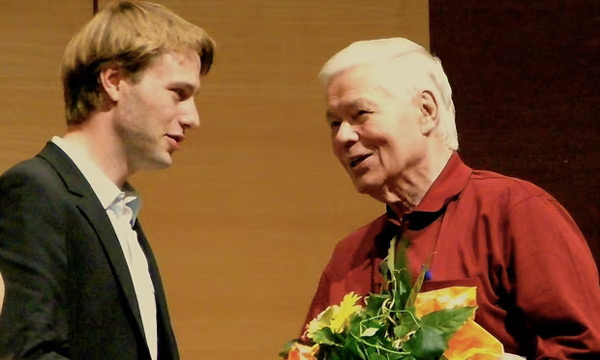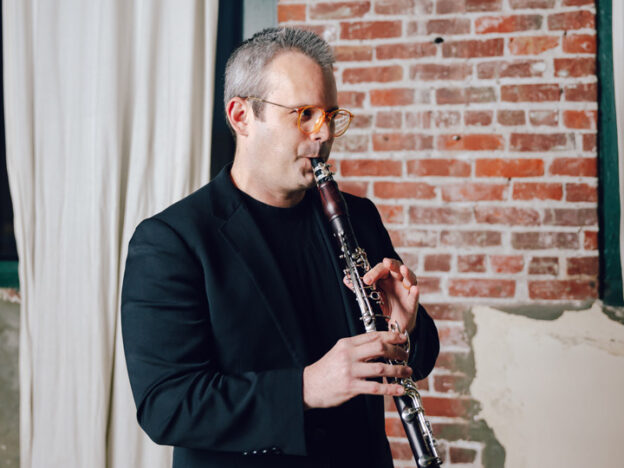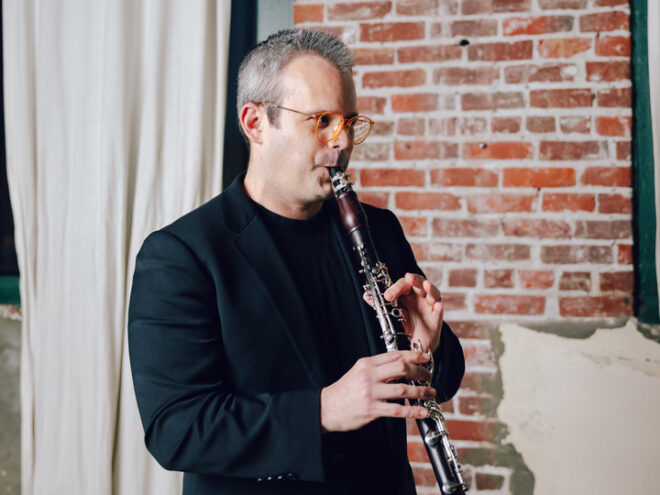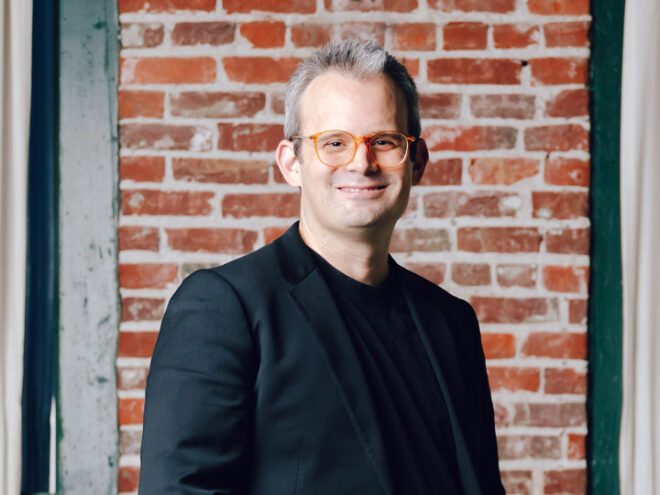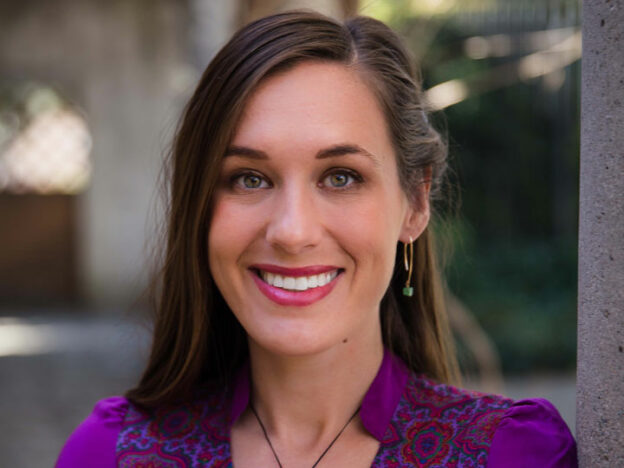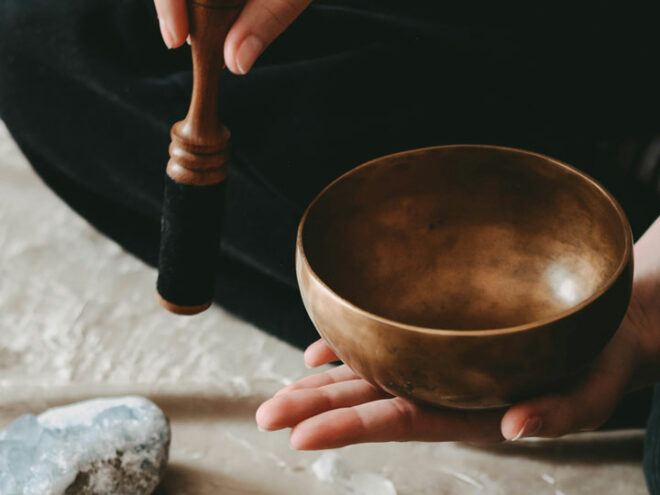
Music is one of the most powerful stimulators of emotion. We all have that one piece that makes us cry, or a song that we can’t help but dance to. However, some people believe that music and sound have a profound effect on their physical and spiritual well-being as well. Healing tones, also referred to as solfeggio frequencies, are seven frequencies that correspond with the seven chakras in the body. They are often used during sound baths with Tibetan singing bowls, and each frequency is associated with its corresponding chakra, offering specific benefits . Similarly, musical keys are also said to evoke certain feelings. Think about the simple, cheerfulness associated with C major, or the deep sadness that’s conveyed through D minor.
To get a better understanding of how these frequencies work, we first need an understanding of the seven chakras. Chakras are an energy system that runs through the body with seven main points along the spine. Mentions of chakras date back to India, between 1500 to 1000 BCE. These points, sometimes referred to as wheels, are spinning disks of energy that stay “open.” Blockages in a chakra cause a myriad of physical and spiritual problems. Let’s dive into what each chakra affects and how to use these healing frequencies for your health.
Root Chakra
Located at the base of the spine, the root chakra is linked to grounding, safety, and emotional security. When blocked, it can cause feelings of insecurity in our basic needs and our well-being. Physical issues that arise may be arthritis or blockages of the bladder and colon.
The root chakra is stimulated by the lowest solfeggio frequency, 396 Hz . In combination with meditation, reflection, and self-care, this tone removes blockages and lets the energy flow freely.
Sacral Chakra
The sacral chakra is below the navel and is stimulated by the frequency of 417 Hz. We link this energy point to creativity, pleasure, and sexuality. It also has deep ties with our emotional expression. A blockage here can manifest feelings of social insecurity, as well as illnesses within the urinary tract and lower back. To unblock the chakra, partake in creative expression, like dancing, painting, or creating, while listening to the frequency of 417 Hz.
Solar Plexus Chakra
Situated above the navel, the solar plexus chakra represents our personal power. When open, it is the seat of confidence, self-esteem, and self-discipline. This chakra determines how we move through the world and our ability to assert ourselves. When blocked, digestive issues are often the resulting consequence. Problems like stomach ulcers, heartburn, indigestion, and eating disorders stem from the solar plexus.
To help unblock the chakra, listen to the frequency of 528 Hz while doing activities that foster discipline. Core workouts or energetic yoga practices are great exercises, but be sure to check in with yourself and connect to what is best for you.
Heart Chakra
As the name suggests, the fourth chakra is over the heart. This energy point is all about finding peace, compassion, and forgiveness. When blocked, diseases of the heart and asthma can manifest. But, most often, people with a blocked heart chakra are likely to be people pleasers and put the needs of others before their own. To unblock the energy point, listen to tones at 639 Hz during meditative practices.
Throat Chakra
The throat chakra is located over the voice box and relates to the frequency of 741 Hz. You’d be right in assuming this chakra is heavily involved with our ability to communicate. Blockages can lead to behaviors such as lying, gossiping, and miscommunication. When open, this energy point helps us to express ourselves with authenticity and empathy.
Chanting, singing, and other vocalizations stimulate the point and allow energy to flow. Some added benefits of unblocking this chakra are emotional detox, and pain relief.
Third Eye Chakra
The third eye is the source of our intuition and spiritual sight. Linked with the frequency of 852 Hz, this tone balances the energy in the middle of the forehead. The benefits are deep relaxation and increased perception. People with blockages in the third eye can appear to be “know-it-alls,” and can suffer from chronic headaches or poor vision.
To boost the flow of energy, listen to 852 Hz while practicing meditation or visualization. Some people have also reported the benefits of keeping a dream journal.
Crown Chakra
The final of the seven chakras is the crown chakra. This energy point is at the crown of the head and connects to our highest form of consciousness. Many consider it the chakra of enlightenment. When it’s open, it allows all the other energy points in the body to flow more easily.
To stimulate this point, deep reflection and honesty are required. The most powerful tone, 963 Hz, helps with feelings of well-being, mental clarity, and a positive outlook on life. When you’re not sure exactly what is misaligned within the body, listening to this frequency is recommended to help pinpoint where your emotions are getting stuck.
Curious to learn more about music and healing? Here are some other posts we think you’d enjoy from All Classical’s Arts Blog:
